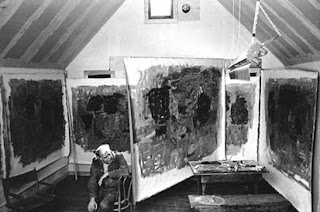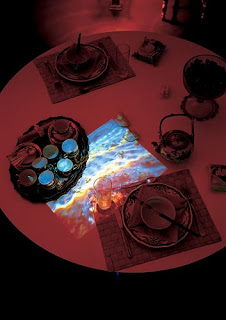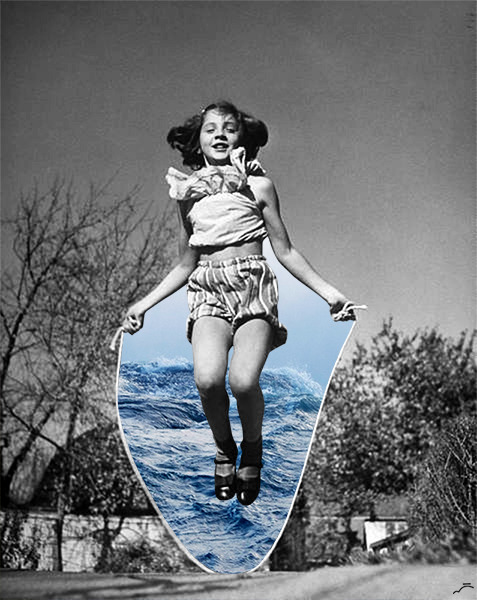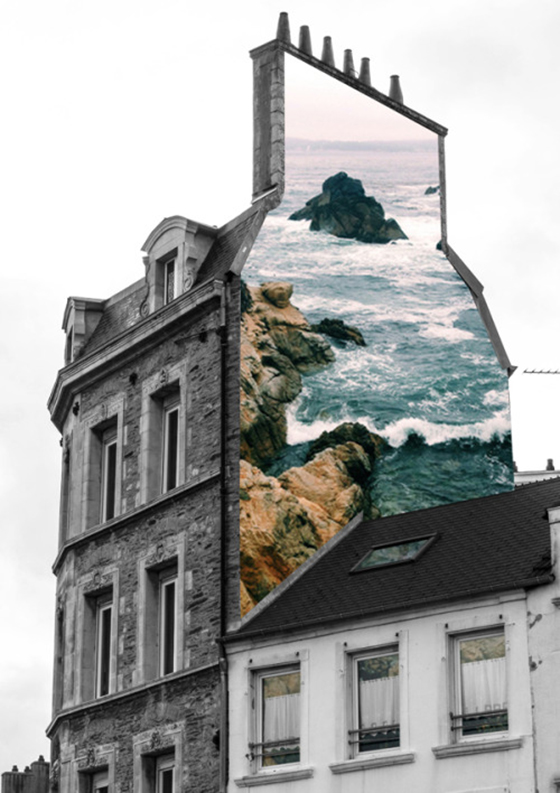A Response to the 'Van Gogh Museum' in Amsterdam
Van Gogh’s work is familiar
to almost everyone nowadays. Paintings like ‘Sunflowers’ and ‘Chair’ have made
his use of yellow and blue renowned. The backstory of his life is also
well-known: the tortured soul whose genius was never known until after his
death. When I visited the museum in Amsterdam dedicated to his life, I felt I
saw a different side to his work.
I found it interesting that Van
Gogh loved and idealised country life. He used to paint the peasants who lived
near him in Nuenen. In his painting ‘Head of a Woman’ (oil on canvas, April
1885) you can see he has exaggerated the prominent features of the face, such
as her upper lip and nose, in a caricature effect. Although this isn’t
accurate, it is more expressive and characteristic. The same goes for his use
of colour and brush stroke. The fashion at the time leaned towards gaudier
colours but you can see the wide range of muted colours that Van Gogh
has produced from his palette to convey the highlights and lowlights in the
face. I like how Van Gogh was not interested in capturing conventional beauty
but the rugged beauty of the peasants.

I learnt that Van Gogh was drawn to
Japanese artwork. In his painting ‘Flowering Plum Orchard (after Hiroshige)’
(oil on canvas, 1887) he copied a print by Utugawa Hiroshige. You can see that
he developed it himself however, using lilac for the trees in the background
and intensifying the colours. He also added in a pseudo-Japanese border with
Japanese characters which I think was very creative and made the piece stand
out to me. You can see the influence of
Japan in his other works too, for example one of my favourite paintings was ‘Almond
Blossom’ (oil on canvas, 1890). I think you can see his Japanese influences
through the subject matter and the delicate colour scheme. I like the way he
has used bold teal brush strokes to add to the detail of the branches and the
way the vibrant cyan sky contrasts with the pastel petals.

Van
Gogh had ten years as an artist as he only began painting when he was thirty in
1879. In the museum they displayed some of his letters in which he wrote about
the pressure ‘to make up for lost time’. The process he used to improve as an
artist interested me. He used every painting as a stepping stone; a way of
improving and moving forward. He also used to experiment with finding light and dark shades
without using any white paint. I was impressed that he fitted so much learning
into such a short space of time.
I saw many things that I
could have written about. I was intrigued by his self portraits and the
paintings that he did while he lived in an asylum at Saint-Rémy-de-Provence. I
think by being immersed in his work for a few hours I was allowed to see the
connections between his different movements and to get into his mindset. In his
last few months of life his turnout of artwork was so prolific – I believe he
was doing a painting a day – and his
period of work was so short that somehow a whistle-stop tour of his whole life
seemed appropriate. My overwhelming thought at the end of this experience is
that I am impressed: by the range of themes, colours and experimentation in his
work, that he was brave enough to start late in his life and that he worked so
hard. It proves to me that talent and genius does come alongside hard work. Perhaps
if I had been to an exhibition of Van Gogh’s work rather than a whole museum I
would have felt differently as I would only have seen his best pieces and not
all the thinking that went behind them.















